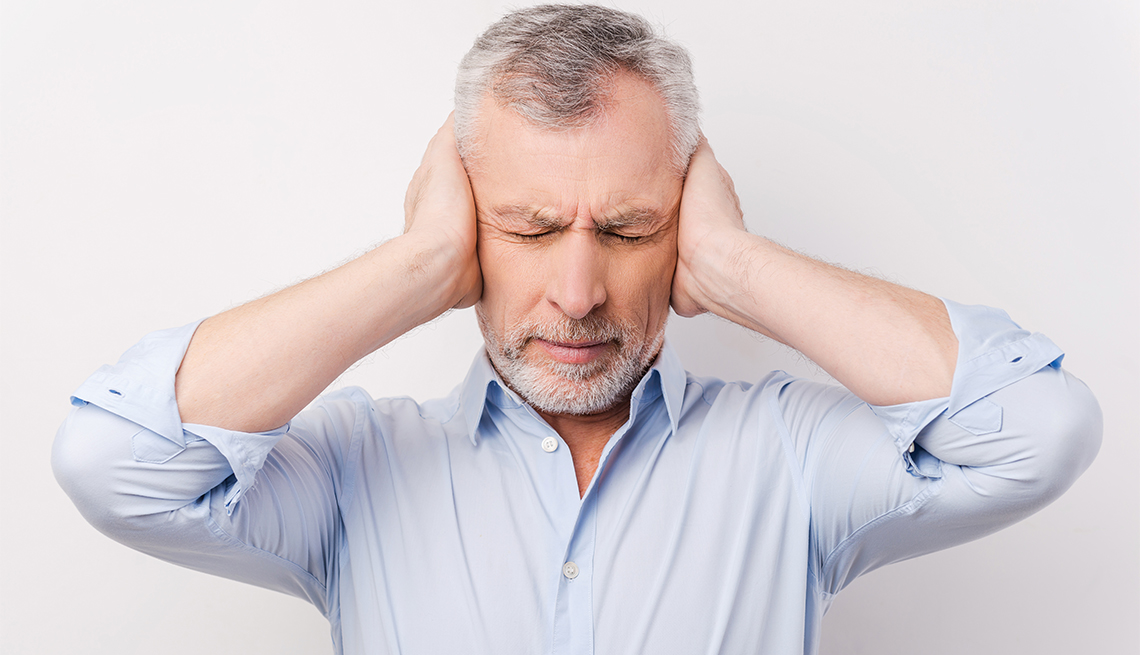
What you should know about hyperacusis
- Select a language for the TTS:
- UK English Female
- UK English Male
- US English Female
- US English Male
- Australian Female
- Australian Male
- Language selected: (auto detect) - EN
Play all audios:

SOUND THERAPY Sound therapy works by gradually exposing individuals to specific sounds, breaking down nervous system responses so those triggers no longer have the same effect. Patients
listen to a low-level sound — wearing a noise-generating device that resembles a hearing aid or playing a recording of the specific sounds they're bothered by in the background — for a
certain amount of time each day. “Over a period of several weeks or months, the level of the sound is turned up, a little more each time, to enable the brain to get used to hearing the
sound,” Tyler says. “Loudness discomfort levels can actually decrease.” This can also be done using hearing aids. Wearing a device with a closed earmold will block the ear canal, attenuating
sounds by 20 to 30 decibels, so the hearing aids essentially start off functioning like earplugs. “Then the electroacoustic characteristics of the hearing aid can control the sound level
going into your ears,” Tyler says. “Gradually, over several weeks or months, you increase the maximum output of the hearing aids.” COUNSELING The other part of the treatment involves
counseling. “The reason that hyperacusis tends to have psychological components — such as anxiety and tension, or trouble concentrating or sleeping — is because there's not only
hyperactivity in the auditory system, but also in the limbic system, which is our emotional regulation center, and the autonomic nervous system, which creates the fight-or-flight response
and regulates stress,” Fasman says. “We often need to address these issues by calming down our nervous system's response to the sound.” Cognitive behavioral therapy (CBT) is the
strategy often used to help patients gain control by examining why and how they are experiencing symptoms, and changing their pattern of thinking and behavior to reduce the condition's
impact. MINDFULNESS/RELAXATION A third component is mindfulness, which uses guided imagery and meditation to cope with hyperacusis. Tyler suggests carving out 10 minutes or so in your day to
sit down, close your eyes and imagine being somewhere soothing, such as a tropical beach. Or take yoga, tai chi or exercise classes. “Whatever it takes to relax your mind and focus on
something else, so hyperacusis isn't the main focus of your life,” Tyler says. It can take time and strategizing to get hyperacusis under control, but Fasman says the results are worth
it. “In our practice, we specialize in tinnitus and hyperacusis treatment, and I would say oftentimes the results from hyperacusis are even more robust,” she says. “That's because with
hyperacusis, there are a lot of pathways where we can successfully retrain the brain and reduce that impact.” Fasman adds that more than 85 percent of their patients see improvement with
treatment.
